Proteom śliny w zespole Pradera-Williego
Description: Prader-Willi syndrome (PWS) is a genetic disorder first described in 1956 by three Swiss
physicians: Prader, Labhart, and Willi. The cause of PWS is a disruption in the expression of certain
paternal genes located on chromosome 15, specifically in the 15q11.2-13 region, most commonly in the
form of deletion of the paternal copy or maternal uniparental disomy [1]. Infants suffering from PWS
exhibit delayed development, hypotonia, and lack of appetite [2],[3]. In later stages of life, a disrupted
sense of satiety (hyperphagia) and other symptoms related to hypothalamic dysfunction, such as
intellectual disability, thermoregulation disorders, and increased pain threshold, emerge [2],[3].
Importantly, patients with PWS show several symptoms in the oral cavity, including hypoplastic enamel,
dental caries, and periodontal disease [2]–[4]. One possible cause may be reduced secretion of abnormal
saliva, which is dense, sticky, viscous, and more acidic [2]–[4]. Consequently, important protective and
antibacterial functions of saliva are lost or significantly impaired. These saliva-related alterations,
combined with poor oral hygiene and increased consumption of carbohydrate-rich foods, predispose
PWS patients to various oral diseases [2],[3].
One of the key components of saliva crucial for oral health are proteins like mucins, lysozyme,
peroxidases, lactoferrin, and defensins, which perform protective and antimicrobial functions. Several
studies have compared the total protein concentration in the saliva of PWS patients and healthy
individuals, revealing higher protein levels in PWS patients [4],[5]. Targeted analyses using methods
like blotting and ELISA have also compared the levels of specific proteins related to oral health, such
as MUC7 mucin and cystatins, as well as the glucose-homeostasis-related protein irisin, in unstimulated
saliva [4],[6]. However, comprehensive studies on the protein composition of saliva in PWS patients are
still lacking.
Objective: The aim of this proposal is to compare the proteome of stimulated saliva of PWS patients
and healthy individuals using a high-throughput method, specifically high-performance liquid
chromatography coupled with mass spectrometry (LC-MS/MS), employing a bottom-up approach. The
choice of stimulated saliva is due to its larger obtainable volume compared to unstimulated saliva, which
is particularly important for PWS patients who produce small volumes of viscous saliva.
